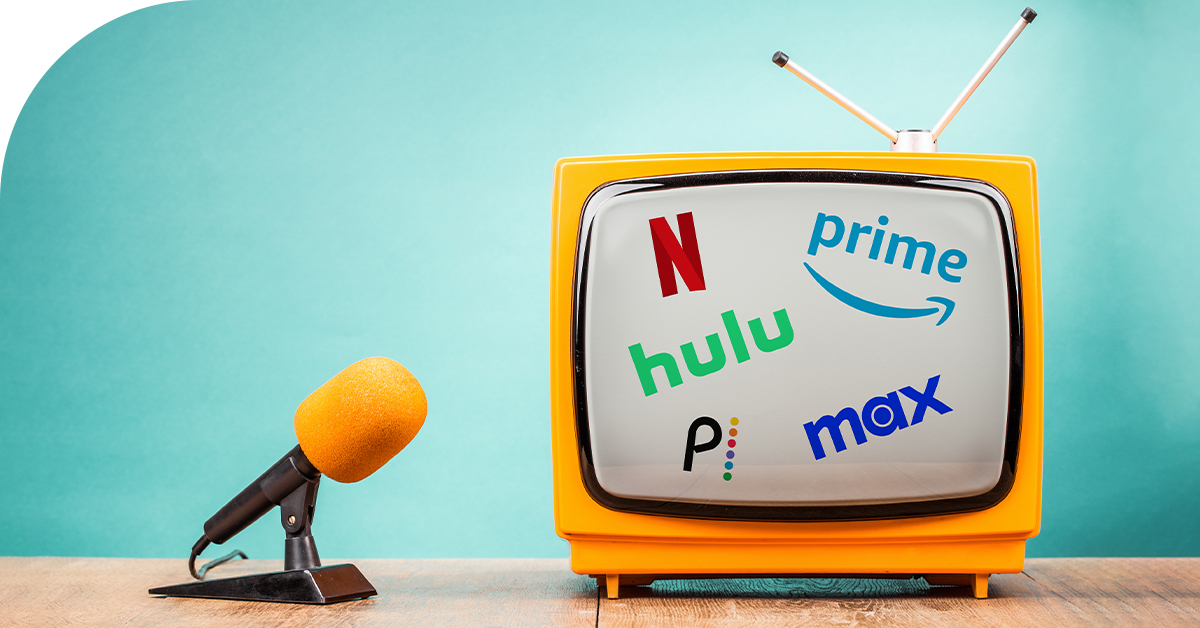We’ve said it before and we’ll say it again—we’re no strangers to the fact that the digital advertising industry is infamous for its complicated terms. Sure, there’s a bit of a learning curve to programmatic technology, but it shouldn’t nearly as complicated as the industry makes it out to be. That’s why we’re taking some time to define two terms that can seem complicated on the surface but are actually quite simple at their core: share of voice and win rate.
What is share of voice?
Share of voice (SOV) in advertising is an umbrella term that can be applied to many different facets of an overall marketing strategy: media relations, online reviews, social media, advertising, SEO, or all of the above. What some marketers & advertisers might not know is that the term “share of voice” takes on a couple of different meanings. A marketing manager may want to know how its brand is doing in the marketplace, while a media buyer may want to measure how its ads are doing in the marketplace. In both of these scenarios, both the marketing manager and media buyer would want to measure their share of voice (and, subsequently, advertising win rate) to include with other digital advertising KPIs and metrics.
Share of voice definition
Share of voice in public relations: The number of conversations being had about your brand, divided by the total number of conversations about your industry or niche.
Share of voice in digital advertising: The number of impressions won in your digital advertising campaign, divided by the total number of impressions available.
How to measure share of voice
There’s a fairly simple share of voice calculation that can be applied across different facets of a strategy. For the example below example, we’ll calculate share of voice as it’s defined in the public relations field.
Start with these steps:
- Identify the total number of coverage your brand has received over a given amount of time.
- Identify or estimate the total number of coverage your competitors have received over a given amount of time.
- Divide that by the total amount of conversations (i.e., coverage) shared between the two of you.
Share of voice calculation:
SOV November 1st-November 30th:
Coverage totals: You: 75, Competitor 1: 25, Competitor 2: 50
Your SOV: 50% (75/150)
The same share of voice calculation can be applied in different ways across different departments. For example, if your SEO/paid search team is looking to calculate your SOV for organic search, you would need to specify the keywords you rank for, map out your rank for those keywords versus your competitors’ rank for those keywords, then divide by the total.
Share of voice is pretty cool; it can be changed, defined, and shared across departments. For example, your public relations department will use the above share of voice calculation and your media team will spin it and tie it into their key digital advertising metrics.
What is win rate?
Win rate is an indication of how your bids are performing against other competitors that are bidding for that specific inventory. Sound familiar? That’s because win rate is the programmatic-y way to communicate share of voice, and it’s the best way to modulate share of voice in advertising campaigns.
Win rate calculation & best practices
Behind the scenes of a digital advertising platform, there are little workers, aka code, that calculate your advertising win rate as the campaign progresses.
The ideal advertising win rate can differ by campaign and targeting type, but in general, you should see win rates averaging around 10-20 percent. This will enable you to compare the effectiveness of certain ad groups within a campaign. Once that threshold is hit, we recommend reviewing performance to determine if you should take measures to raise or lower your win rate for each ad group. This digital advertising metric should prompt you to ask, “Do I want more or less of this inventory?”
If an ad group has good performance, in general, we recommend aiming for a higher win rate. The easiest way to do so is to increase your base bid. If an ad group has poor performance, you could decrease your base bid to lower your win rate, or simply disable the ad group to stop its spending, and reallocate that budget to an ad group that’s performing a bit better.







